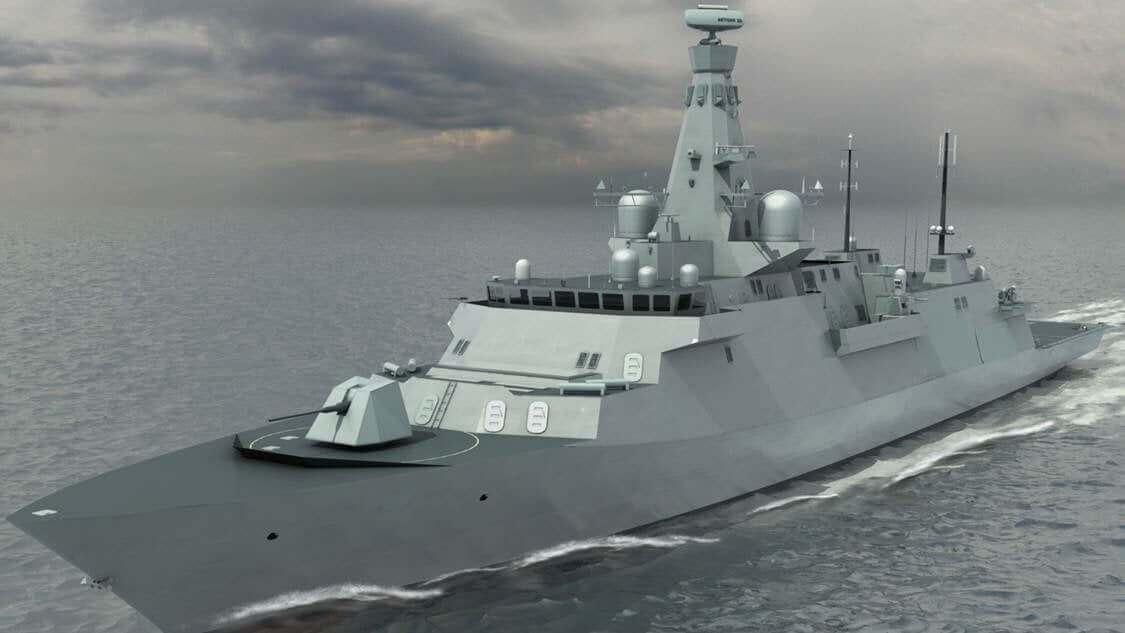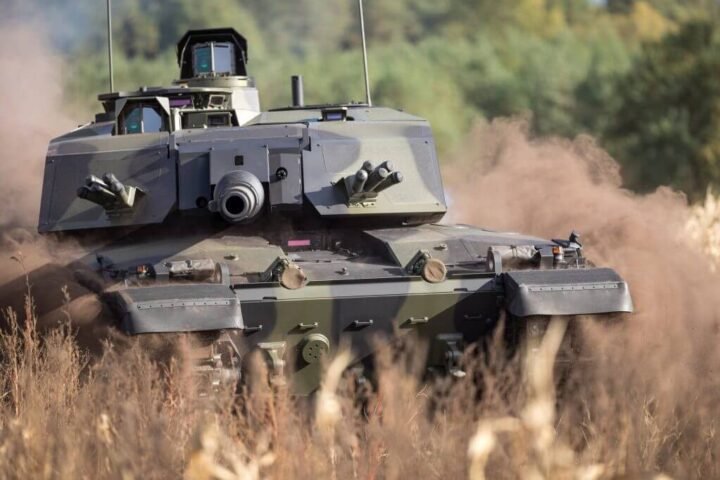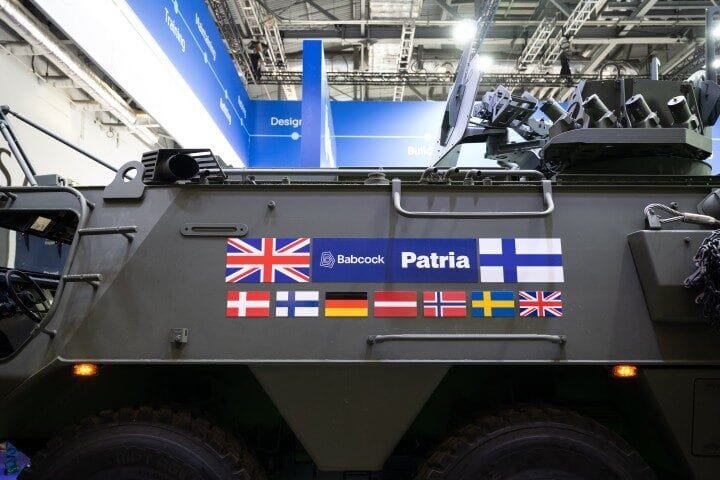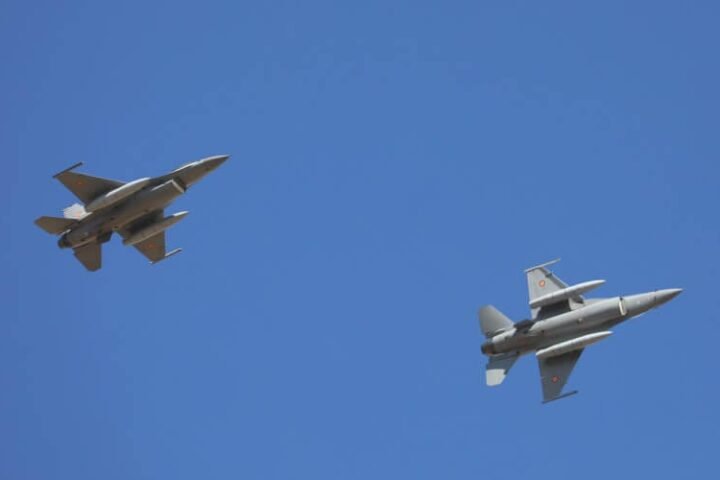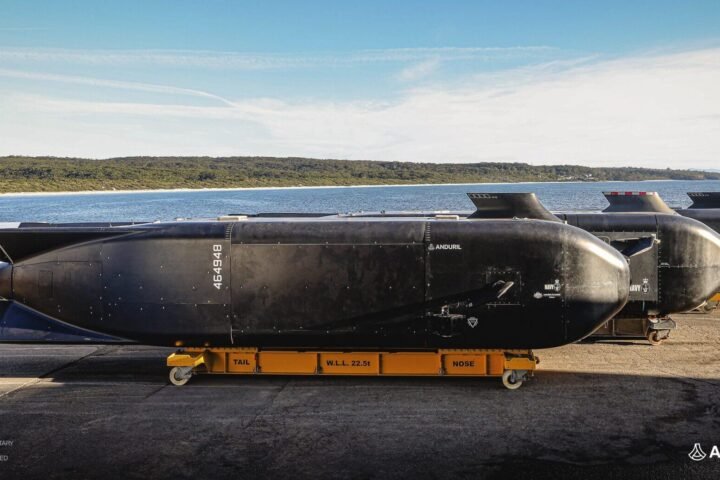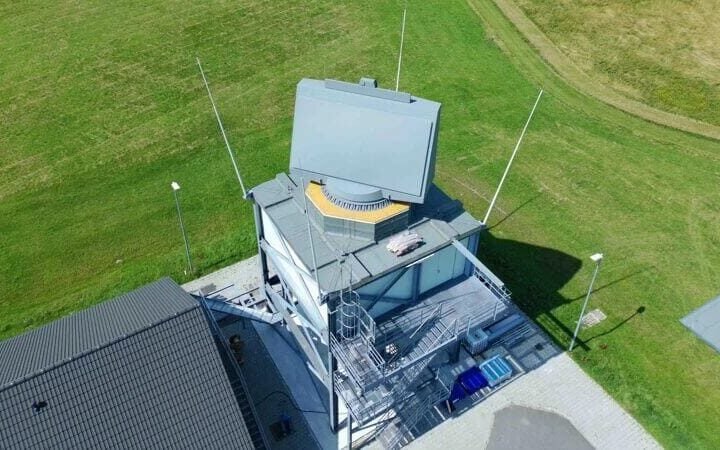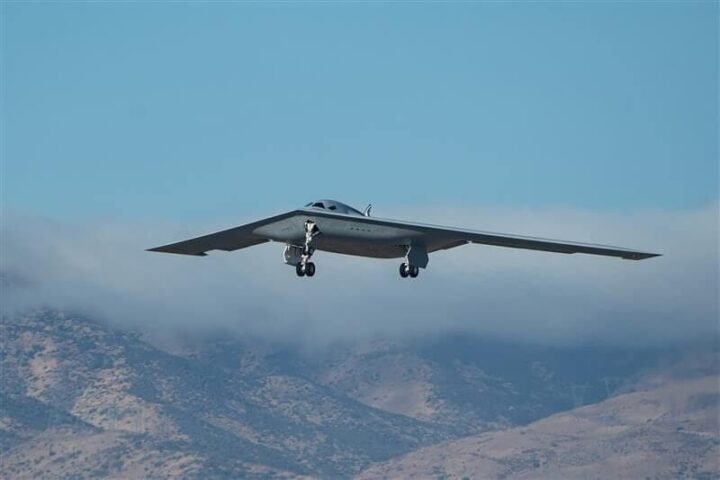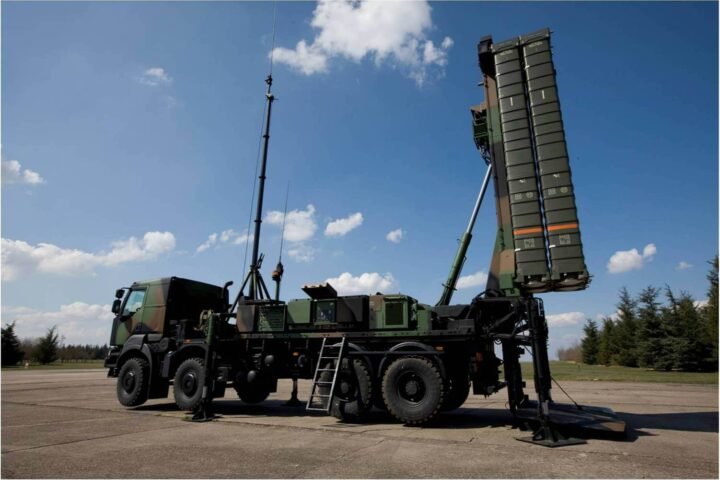Introduction
Norway has chosen the British Type 26 frigate as the new surface unit for anti-submarine warfare operations.

The Ministry of Defense of Oslo announced the selection of the frigate, currently under construction by BAE Systems in eight units for the Royal Navy, City class, to replace the remaining Type 23 frigates.
Upgrading the Fleet
The Norwegian defense has stated that the units prepared for the Kongelige Norske Sjøforsvaret will resemble those being prepared for the Royal Navy, to avoid problems with redesign, cost increases, and construction time extensions.
The new Norwegian frigates will carry a helicopter type, yet to be specified, the selection of which will be shared with the British counterpart.
Implications for the UK and BAE Systems
This marks another success for the Type 26 for the United Kingdom and BAE Systems, particularly in the face of stiff competition in the international arena, following their successes in Australia and Canada. In these countries, the original frigate design for the Royal Navy was significantly altered to create multirole units with emphasized anti-air capabilities under the Hunter or SEA 500 (Future Frigate) and River programs, also known as Canadian Surface Combatants.
Closer Cooperation Between the UK and Norway
The Type 26 frigates for the British Royal Navy and the Kongelige Norske Sjøforsvaret will be procured, managed, and further developed jointly to simplify procedures, cut costs, and achieve maximum interoperability, enabling the crews to be trained without significant issues.
The number of frigates to be built should be five to six units with the broadest possible collaboration between BAE Systems and Norwegian shipyards; specific agreements will be made for this purpose.
In fact, at least thirteen Anglo-Norwegian Type 26 frigates will provide anti-submarine coverage between the North Sea and the North Atlantic, significantly strengthening NATO’s ability to counteract Russian submarine activities.
The Norwegian program is expected to be worth 10 billion pounds, equivalent to approximately 11.57 billion euros, generating and supporting thousands of jobs between the United Kingdom and Norway.
Specification of Type 26
The 8,000-ton displacement City class frigates, approximately 149 meters in length, along with their air defense units, the Daring or Type 45 class, will form the backbone of the Royal Navy’s surface force, designed to confront missions that cover the full spectrum of its operations, with emphasis on submarine confrontation.
The eight City class frigates will be delivered to the Royal Navy between 2028 and 2035 and will replace, as anticipated, the Type 23s.
The Royal Navy will pair the eight anti-submarine warfare Type 26 frigates with the five multirole Type 31 light frigates currently under construction by Babcock.
The Type 26 frigates will feature a range of world-class capabilities, including a 48-cell Sea Ceptor missile defense system, a 24-cell VLS Mk 41 for Tomahawk missiles (ASROC and LRASM), a 127/62 mm Mk 45 gun, 2 Phalanx CIWS, a hangar for two AW159 Wildicat or one Merlin and a flight deck also for Chinook, a flexible mission bay, a medium-range 3D- Artisan 997 radar, powerful bow sonar and towed array.

